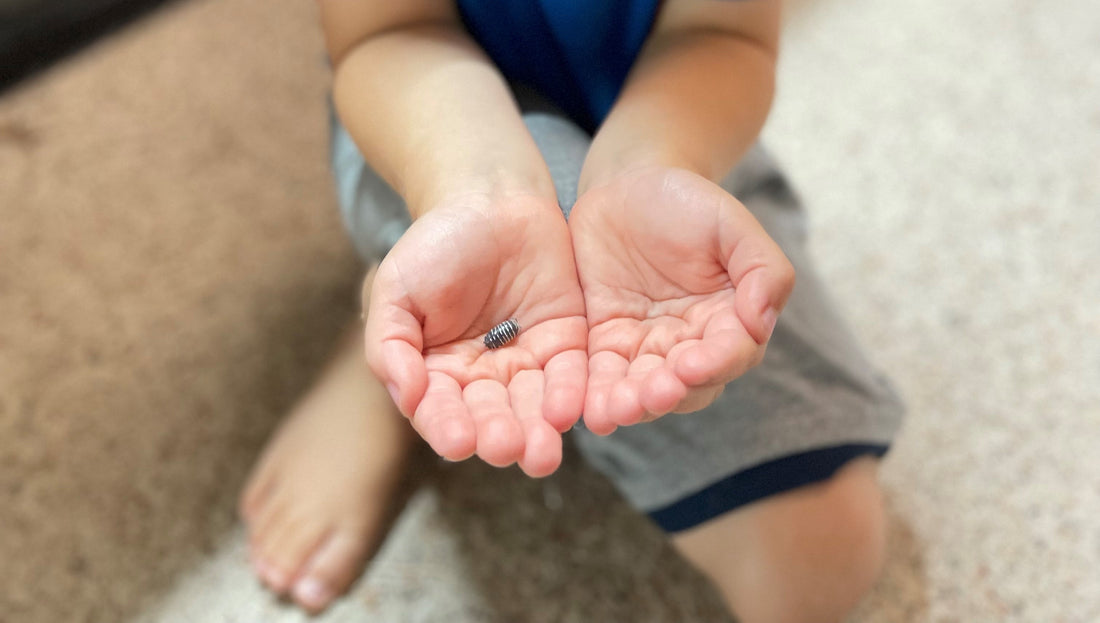Isopods, also known as woodlice or pillbugs, are small, crustacean-like creatures that can be kept as pets, are essential to a bioactive terrarium, and used as a food source for other animals. They are easy to care for, inexpensive, and come in a variety of colors and patterns. Here is a guide on how to keep and breed isopods

Housing
Isopods can be kept in a plastic or glass container, such as a terrarium or aquarium. We personally love Sterlite Latch Boxes. The size of the container depends on how many isopods you want to keep. Make sure the container has a lid to prevent escape and to maintain humidity. A substrate of coconut fiber or peat moss provides a good base for the isopods. You will also need to add leaf litter and a cork flat to provide hiding places and food for the isopods. Ventilation is key as well and we typically add a single 1” vent to our boxes. All of them are setup the same. 1/4 of the area is sphagnum moss, the rest is leaf litter. We provide cork flats throughout to allow the isopods to pick their favorite spots. When we mist, we only spray the moss.
Feeding
Isopods are detritivores, which means they feed on decaying organic matter. They will eat leaf litter, wood, fruits, and vegetables. You can feed them a variety of food, such as carrots, potatoes, and cucumber. Make sure to remove any uneaten food to prevent mold and bacteria growth. We love feeding fish flakes, Repashy Morning Wood, and our own mixture we use to gutload all of our insects.
Water
Isopods need access to clean, fresh water. We accomplish this by weekly mistings of the enclosure. Make sure not to oversaturate the substrate, as this can cause mold and bacterial growth.
Breeding
Isopods are hermaphroditic, which means they have both male and female reproductive organs. They mate by facing each other and exchanging sperm packets. Females will carry the fertilized eggs in a pouch on their underside until they hatch. The young isopods look like miniatures of the adults and will molt several times as they grow.
To encourage breeding, make sure to provide a suitable habitat and a varied diet. You can also increase the humidity by misting the substrate more frequently or adding a damp sponge to the enclosure.
Conclusion
Isopods are a great pet or food source that require minimal care and can be fun to watch. With the right setup and care, you can easily keep and breed these fascinating creatures.
Below is a list from Amazon of our most favorite products!
